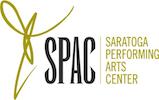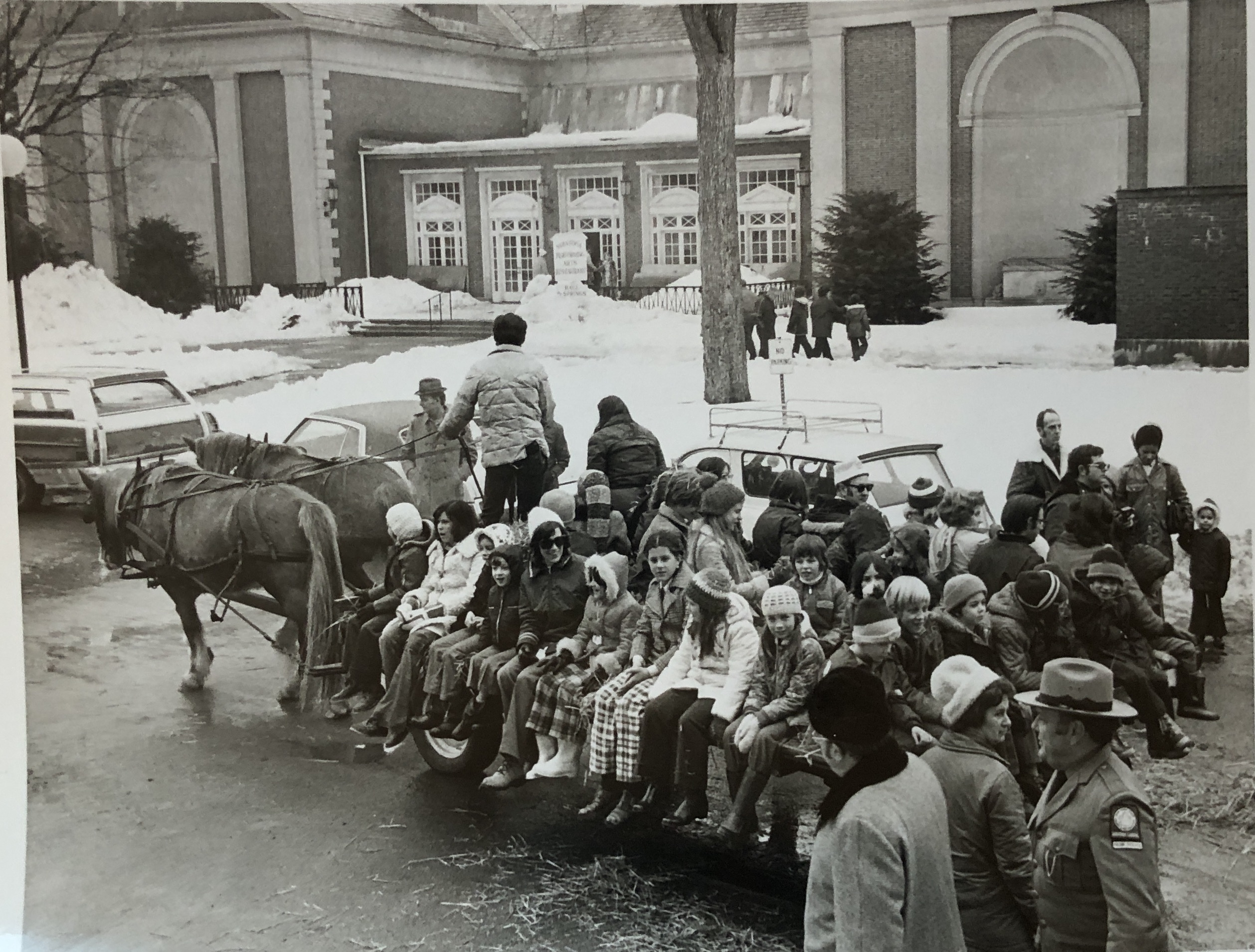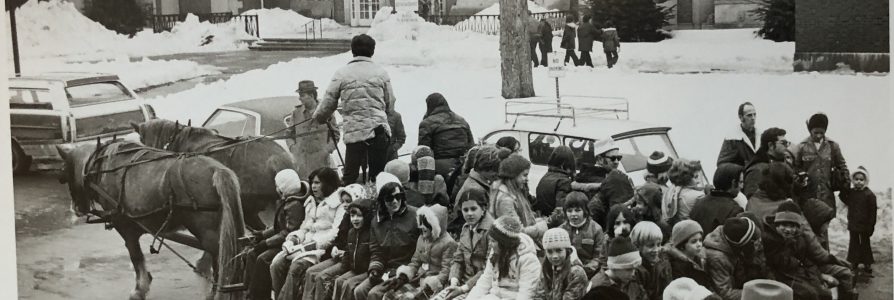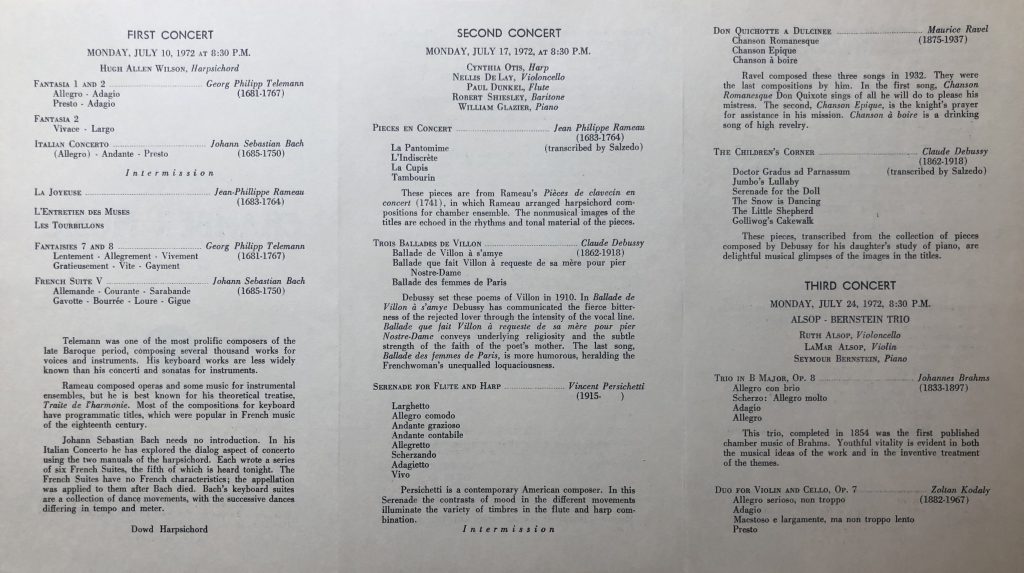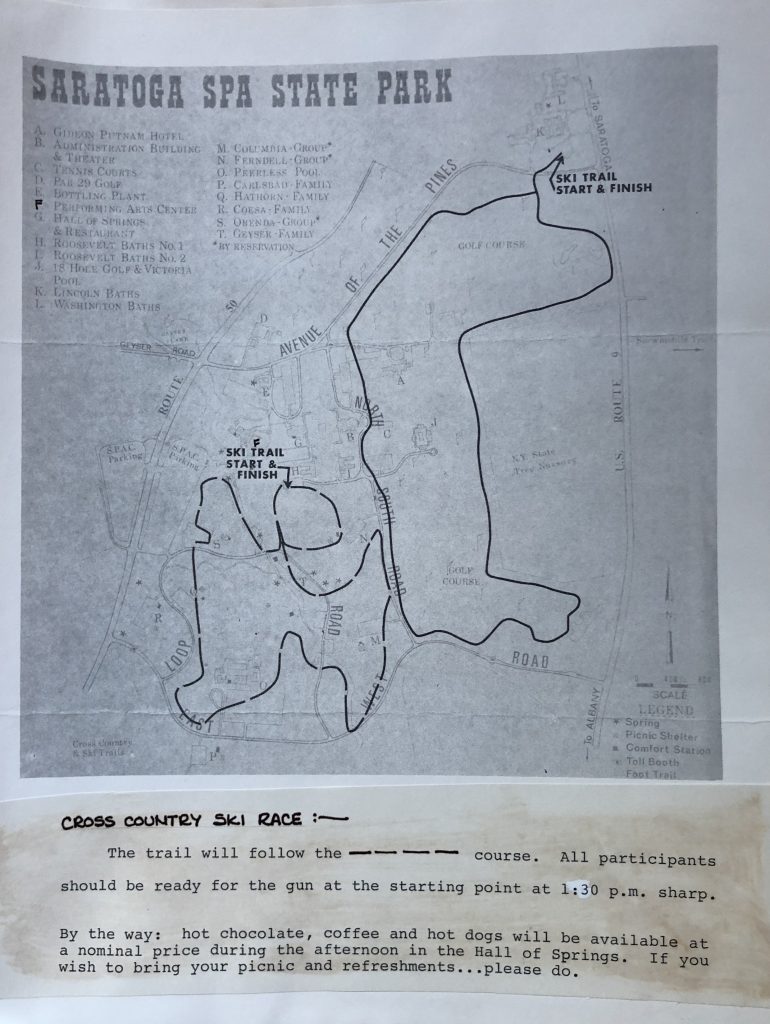by Willa Gordon-Norris
SPAC’s building has been considered an architectural landmark and cultural home of some of this country’s most celebrated classical and contemporary performers. Having a reputation intertwined with the likes of the New York City Ballet and The Philadelphia Orchestra, it becomes easy to separate the renowned performance art center with the everyday routines and activities of Saratoga Springs. However, the essence of Saratoga has always been deeply rooted in SPAC’s identity. There are several different means in which one can explore the relationship between SPAC and Saratoga Springs. For SPAC, the Saratoga community has never been solely viewed as a source of audience members. Instead, the archives reveal a conscious and thoughtful partnership between SPAC and the community, cultivated since the early years of the performing arts center, that continued both off site and into the off season.
Chamber Music Concerts
Even before SPAC, Saratoga Springs had been considered a location for entertainment and pleasure. A well-known source contributing to the city’s leisure appeal was the Canfield Casino. At its prime, the casino hosted the famous and wealthy of the late 19th and earlier 20th century, making the city a desired vacation destination. However, while SPAC was emerging, the casino lost its elite clients and prestige. By the mid-’60s, the casino was no longer functional as vandals had taken over. It was rumored that the city planned to sell the relic to a hotel chain. At the same time, Richard Leach, the Executive Director of SPAC, was enchanted by the casino’s beauty after visiting what remained. To prevent the loss of a piece of Saratoga History, prominent Saratoga figures rallied around an effort to transform the casino. Leach, along with Newman E. Wait, president of the Adirondack Trust Company of Saratoga, had the idea of utilizing the casino for chamber concerts. In 1970 the Times Union reported:
“The combination of the quality of the music presented and the intimate, luxurious setting has created a steadily growing audience for the concerts in years since. Of great significance as an attendance boon is the institution by Adirondack Trust Co. of a $3,000 annual grant, enabling ticket prices to be cut in half.”
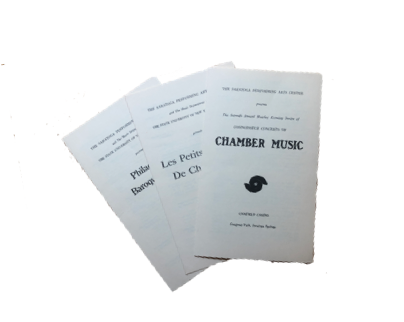
The Monday evening chamber music series continued for several seasons after 1966. Most of the performers came from SPAC’s summer resident orchestras – the Philadelphia Orchestra, and the New York City Ballet Orchestra. The Philadelphia Brass Ensemble and the Philadelphia Woodwind Quintet were among featured chamber groups. The series also attracted performers from outside the Saratoga region, like the McGill Chamber Orchestra and the Cardiff Polyphonic Choir from Wales.
The Winter Carnival
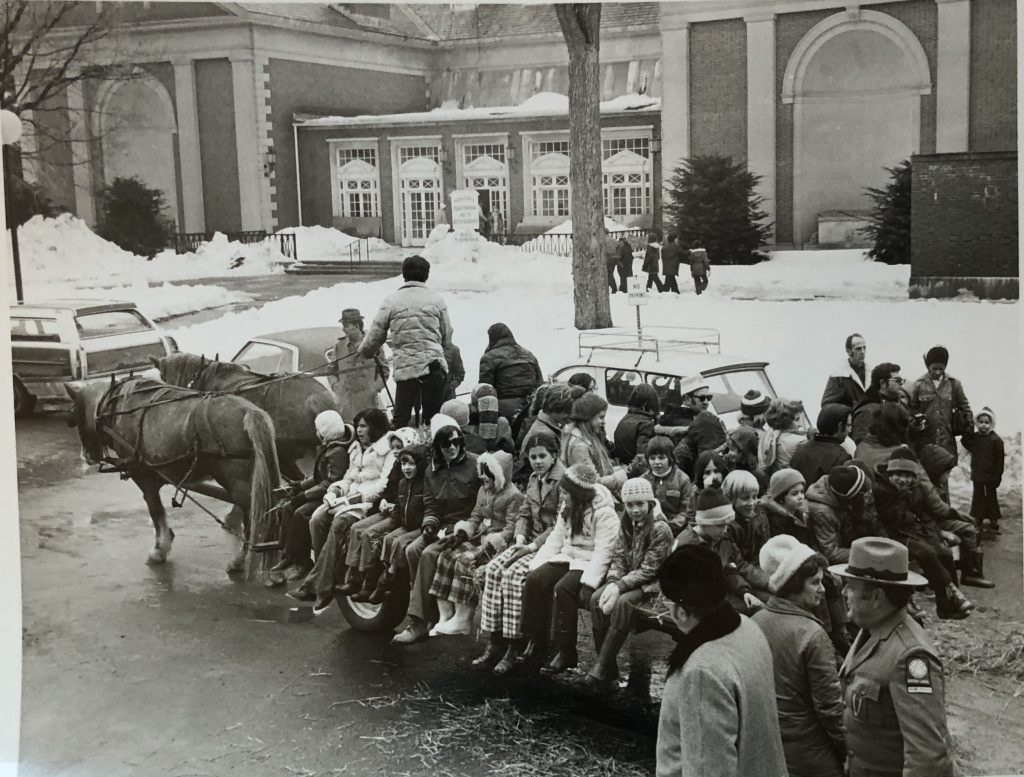
SPAC’s national reputation as a lively venue is strongly associated with the summer months and the performing arts. The warm weather and the surrounding beauty of Spa State Park enhance the magic generated by the performances of a given summer season in a setting that attracts audiences far beyond the permanent residents of Saratoga Springs.
The realities of an open-sided amphitheater limited winter usage. Nevertheless, in the past, SPAC leveraged the slow months to treat the Saratoga community to the joys of the setting in the off-season. In December of 1974, Ed Lewi, Director of Publicity and Promotion at SPAC, informed the Capital District State Park Commission that they were planning a Saratoga Festival Winter Carnival for February. According to the memo, the event’s intent was to kick-off SPAC’s tenth anniversary with an activity-filled day for the area’s children and adults. Catering to the community, supported by a Price Chopper sponsorship, the carnival was completely free. In SPAC style, they planned to hold the carnival’s scheduled performers and featured film screening inside the amphitheater; however, the State Park Commission redirected the indoor activities to the Hall of Springs since amphitheater heating and plumbing had been turned off for the winter to save energy and money. With the logistics finalized, the events and activities that were planned to ensued are undoubtedly what attracted over 6,000 guests, as the archive brings to life a purely fun day.
The carnival started at noon. Attendees could choose from an array of outdoor activities, including horse-drawn hayrides and the opportunity to participate in a photographic contest where the winner’s photo of the afternoon would be featured on SPAC’s 1975 Christmas card. The festival also sponsored typical winter activities like ice skating and a snow sculpting contest. One of the more anticipated events was the cross country ski race, which in the second year was deemed the “Celebrity Cross Country Ski Race”, because, during both years of the ski race, members of SPAC and The New York Ballet City Ballet participated.
The indoor activities were just as impressive as the outdoor ones. Inside the Hall of Springs were performances from The Schenectady Orchestra Chamber, The Schenectady Ballet, The Saratoga Ballet, and William Smith and Deborah Carter from The Philadelphia Orchestra. The second and last year for the carnival consisted of similar outdoor activities and indoor performances with the addition of the North Ballet.
Sources
SPAC Archive, Miscellaneous A-Z, Winter Festival, photographs, 1974-1976.
SPAC Archive, Miscellaneous A-Z, Winter Festival, Press Release, 1975.
SPAC Archive, Miscellaneous A-Z, Winter Festival, Cross Country Ski Race Map, 1975.
SPAC Archive, Miscellaneous A-Z, Winter Festival, Program Schedule, 1976
SPAC Archive, Miscellaneous A-Z, Winter Festival, Ed Lewi Correspondence, 1976
SPAC Archive, Miscellaneous A-Z, Winter Festival, Ed Lewi Correspondence, 1974
“Saratoga Has Some Mini-Specials,” Capitaland Entertainment Guide, The Times Union, June 28, 1970.
SPAC Archive, Print Matter, Connoisseur Concerts of Chamber Music Program, July 1972.
